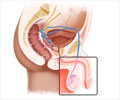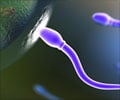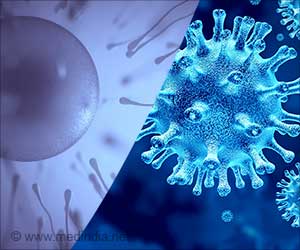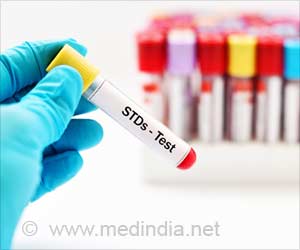A new study's findings might be useful to prioritize the order of patients requiring surgery to move an undescended testis based on the predicted chance of infertility.

TOP INSIGHT
Based on the ratios of sex hormones in serum, we can now predict the risk of infertility without performing a testicular biopsy.
However, any abnormality in this developmental cascade by many physiological processes and interactions of various cell types may manifest as a disorder of sex development and subsequent male infertility.
In one of the most prevalent abnormalities observed, one or both testicles fail to descend into the proper scrotal position by birth, a condition known as cryptorchidism.
As boys with undescended testis run a high risk of being infertile later in life, predicting an association between cryptorchidism and the chance of infertility can be useful while treating the condition and studying male infertility.
However, as far as the current medical knowledge is concerned, there are very limited means for such prediction, mainly because of the lack of suitable biomarkers.
The mean number of germ cells per tubular transverse section (G/T) found in the small portion of the testis that is removed during “orchidopexy” or surgical intervention to move the undescended testicle into the scrotum is used to predict future infertility in cryptorchid boys.
To address this gap, researchers focused their search on suitable biomarkers that can easily be detected in the serum of cryptorchid boys. The state of the testes dramatically changes during puberty.
Therefore, they identified 145 prepubertal boys, aged between 7-91 months, who underwent orchidopexy due to unilateral or bilateral cryptorchidism between 2014 and 2019.
From the available clinical records, they evaluated the pre-treatment testicular position and size; serum hormone levels; and the mean number of germ cells per tubule transverse section (G/T) of these boys.
Among various serum hormones, inhibin B and anti-Mullerian hormone (AMH) act as direct markers of spermatogenesis and the function of Sertoli cells that are important for proper testicular development.
Researchers found that serum inhibin B levels and G/T were significantly lower in boys suffering from bilateral cryptorchidism than those with unilateral cryptorchidism.
In bilateral cryptorchid boys no more than 24 months of age, the inhibin B/follicle-stimulation hormone (FSH) ratio and AMH/FSH ratio positively correlated with G/T, the standard infertility marker. However, the serum hormones levels and G/T did not differ in boys with unilateral undescended testis.
Further, the hormonal assessment may guide decisions regarding additional hormonal therapy after orchiopexy for a closer and longer follow-up of patients after the surgery.
In a nutshell, the findings might change clinical practice scenarios for patients with cryptorchidism. This may mean a change in the clinical guidelines for these patients or even the counseling strategy of families of boys with bilateral undescended testes based on the preoperative hormonal evaluation.
Source-Medindia
 MEDINDIA
MEDINDIA




 Email
Email










